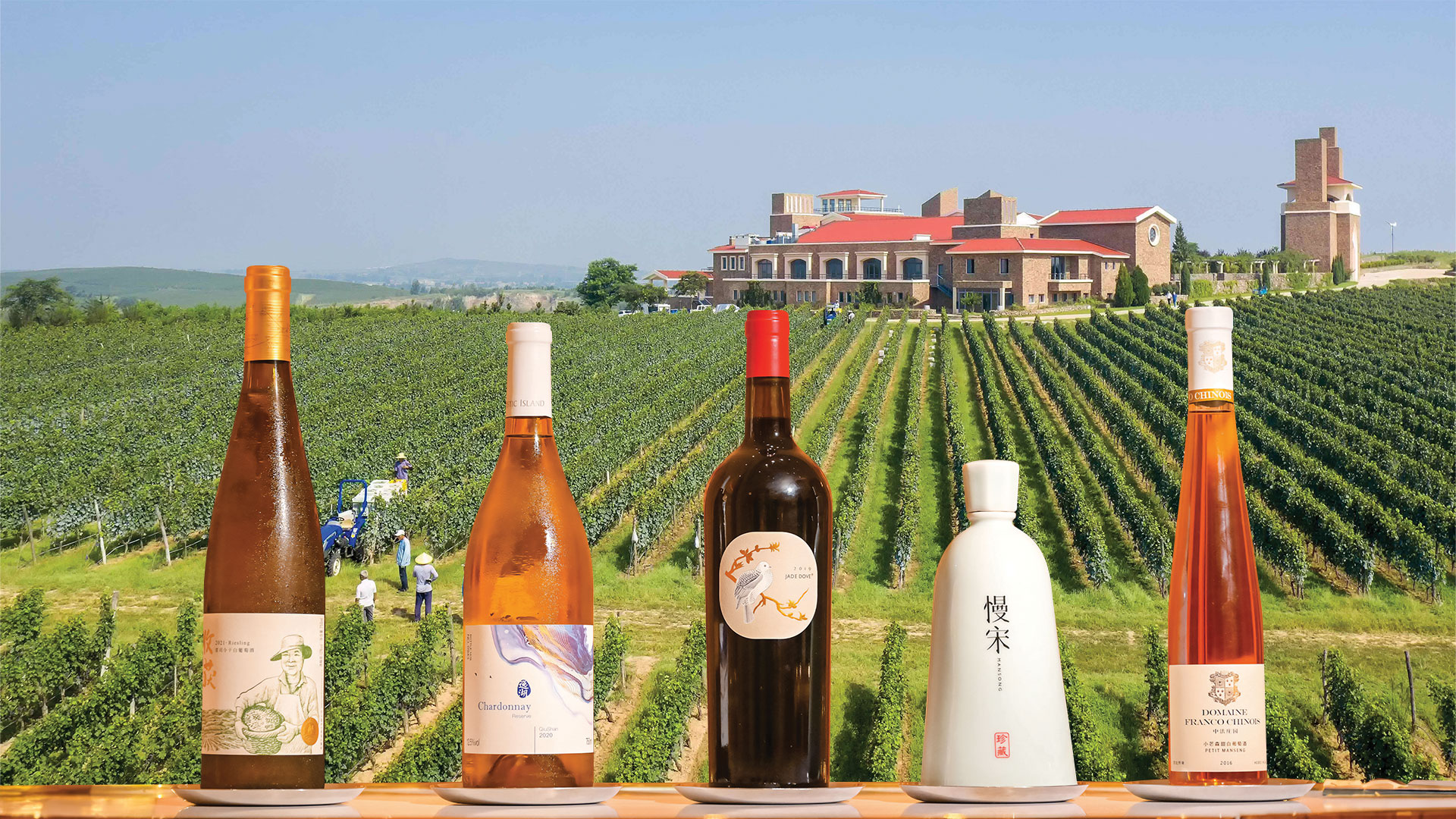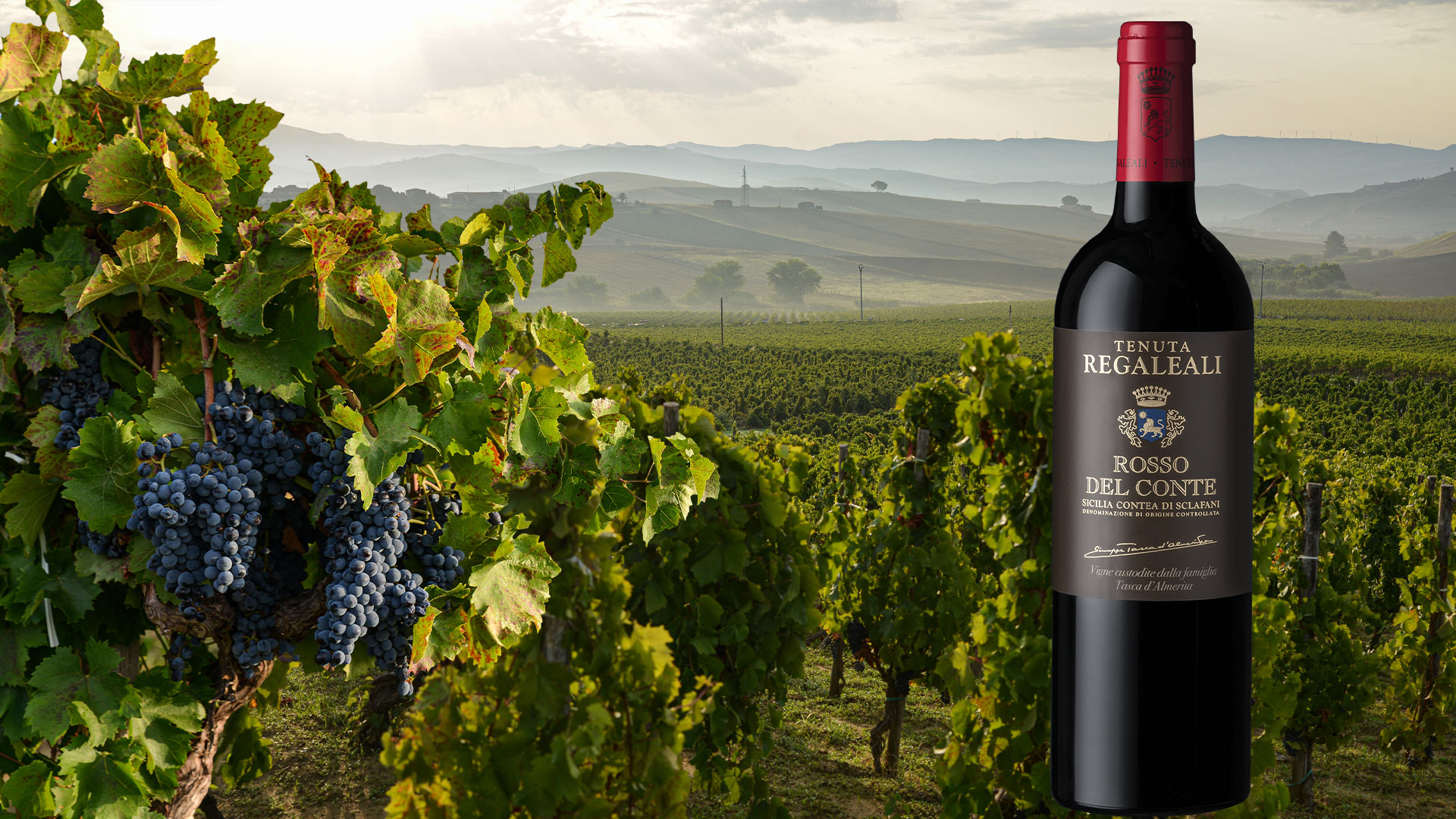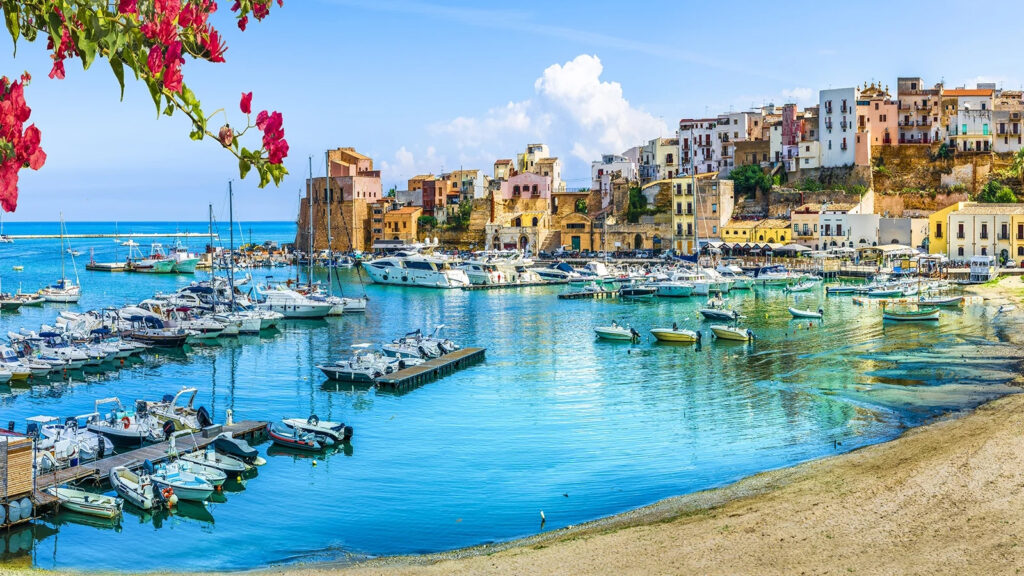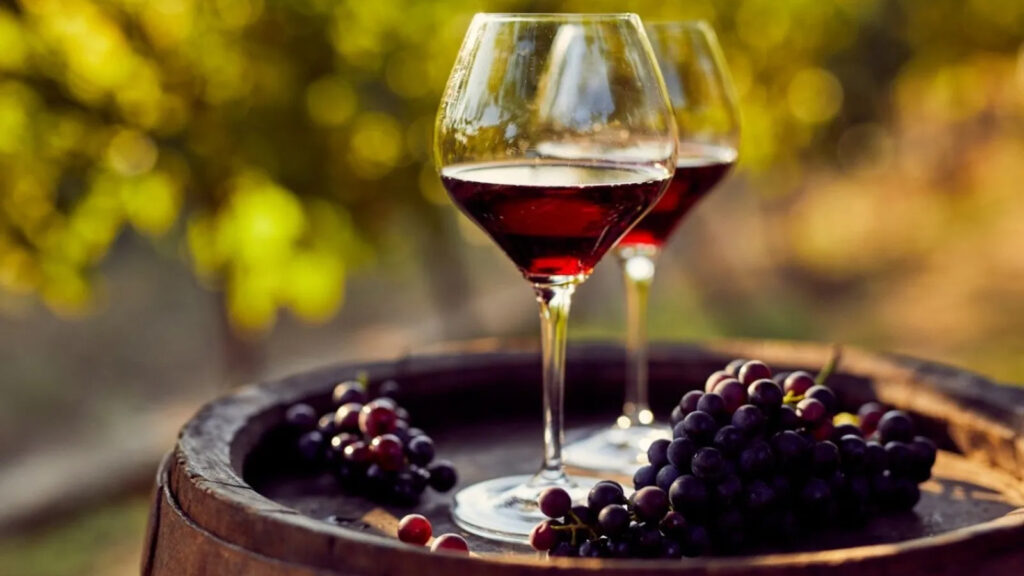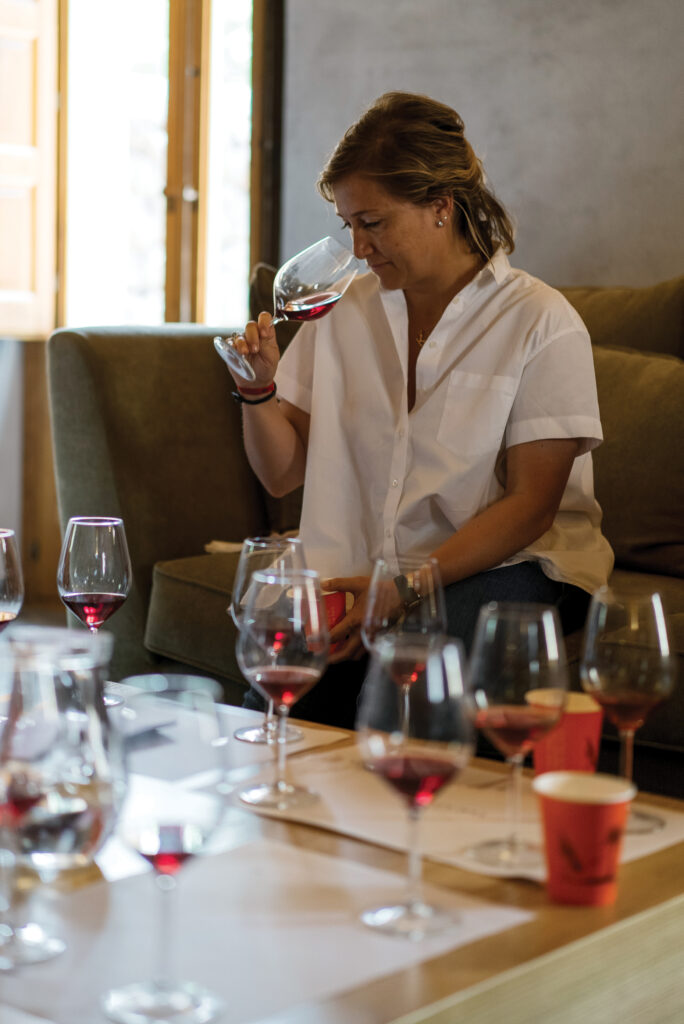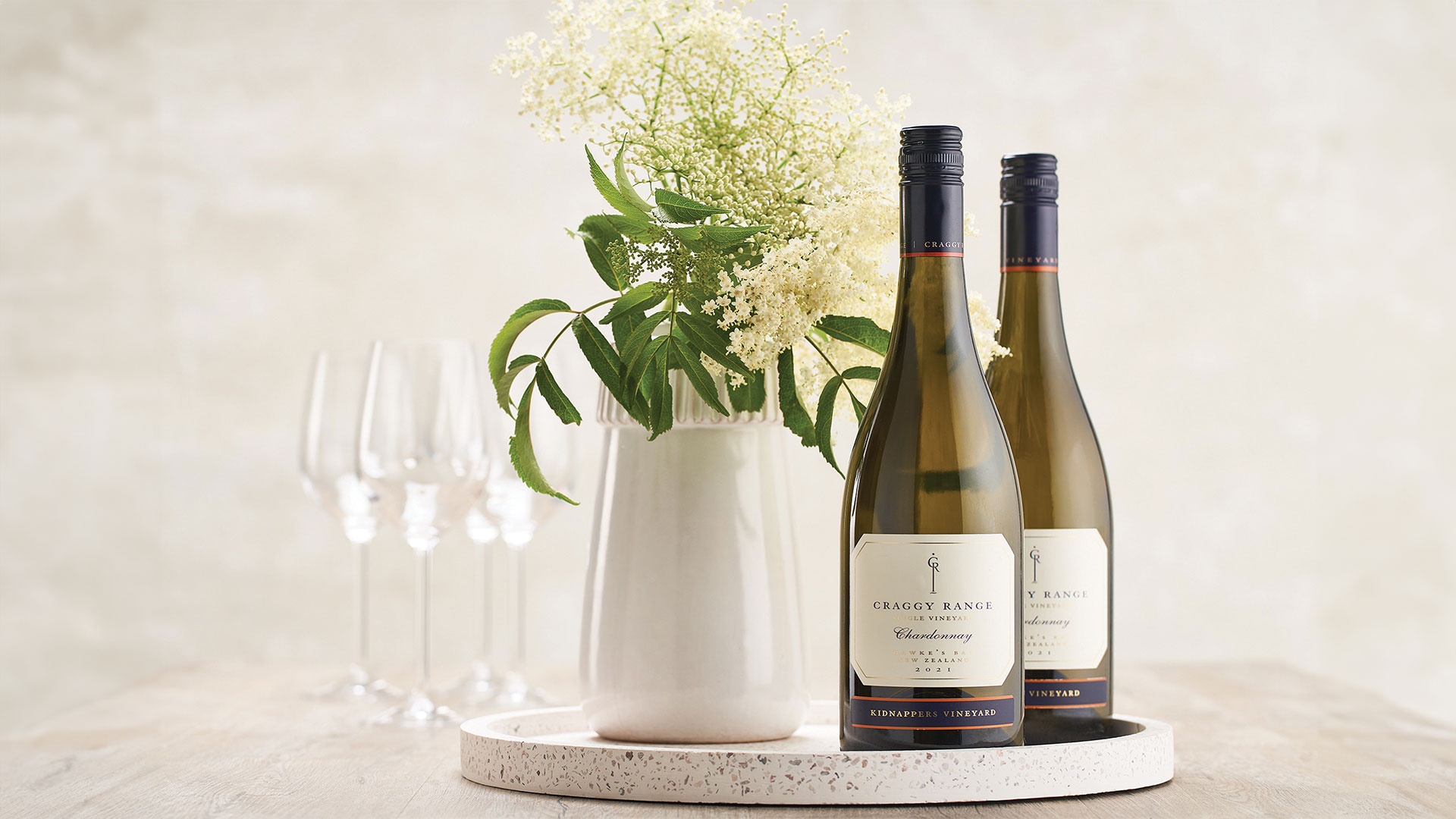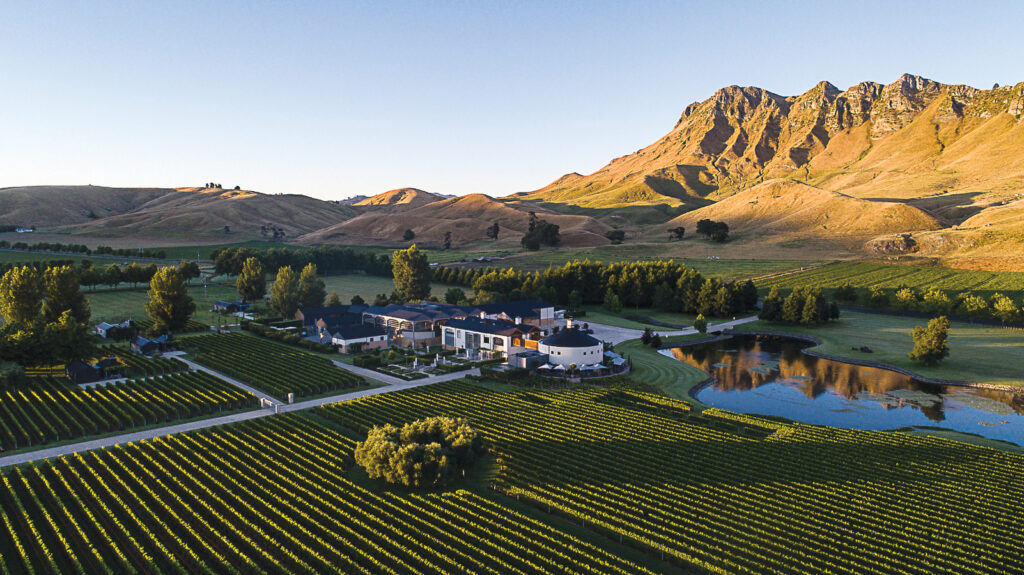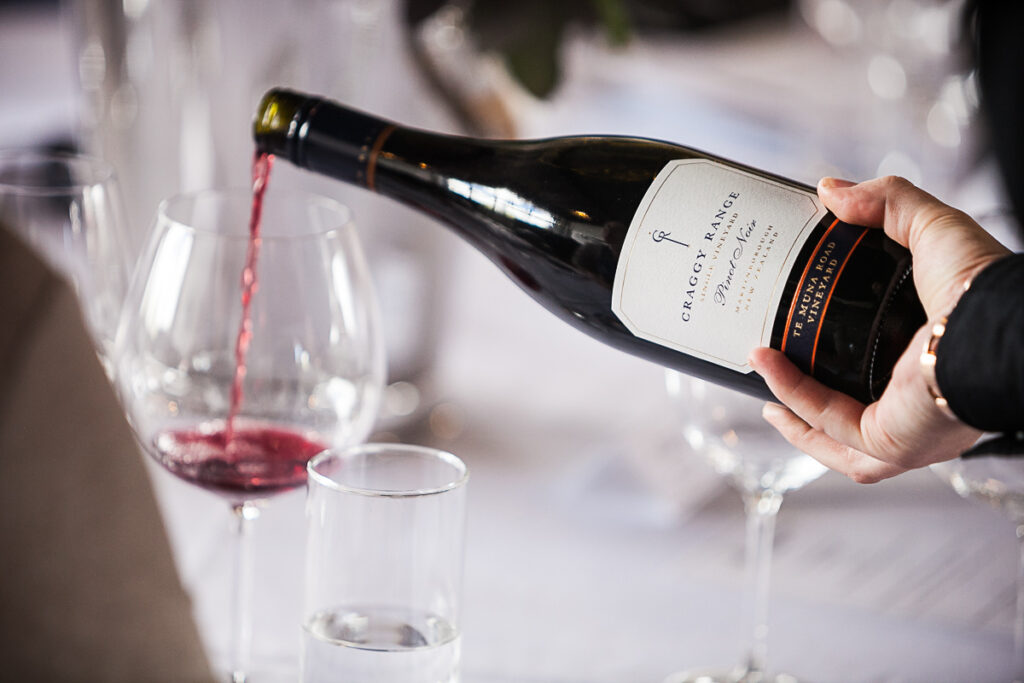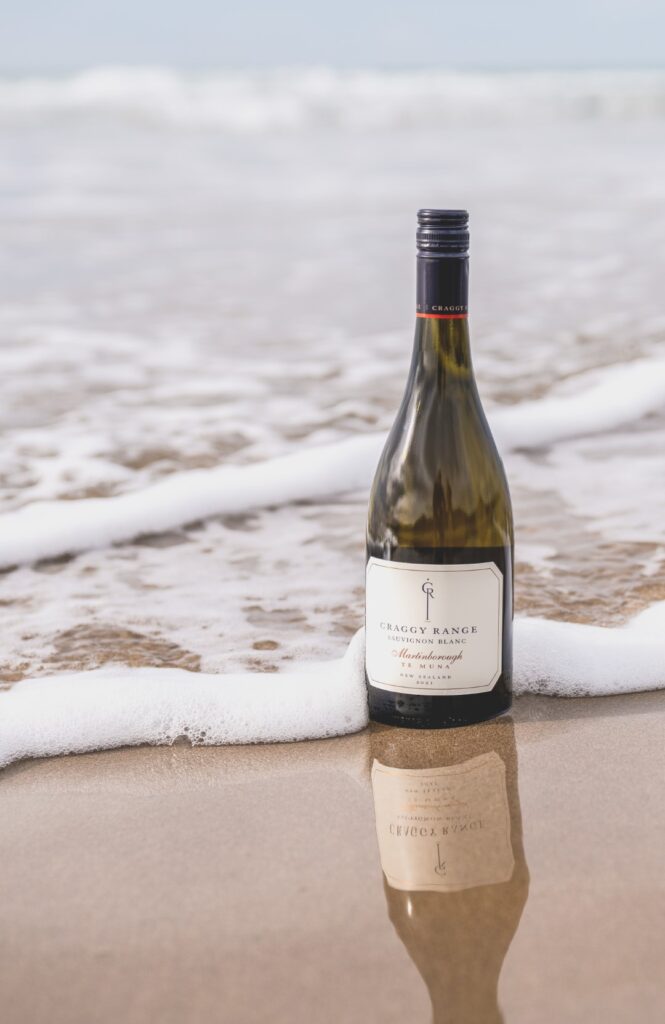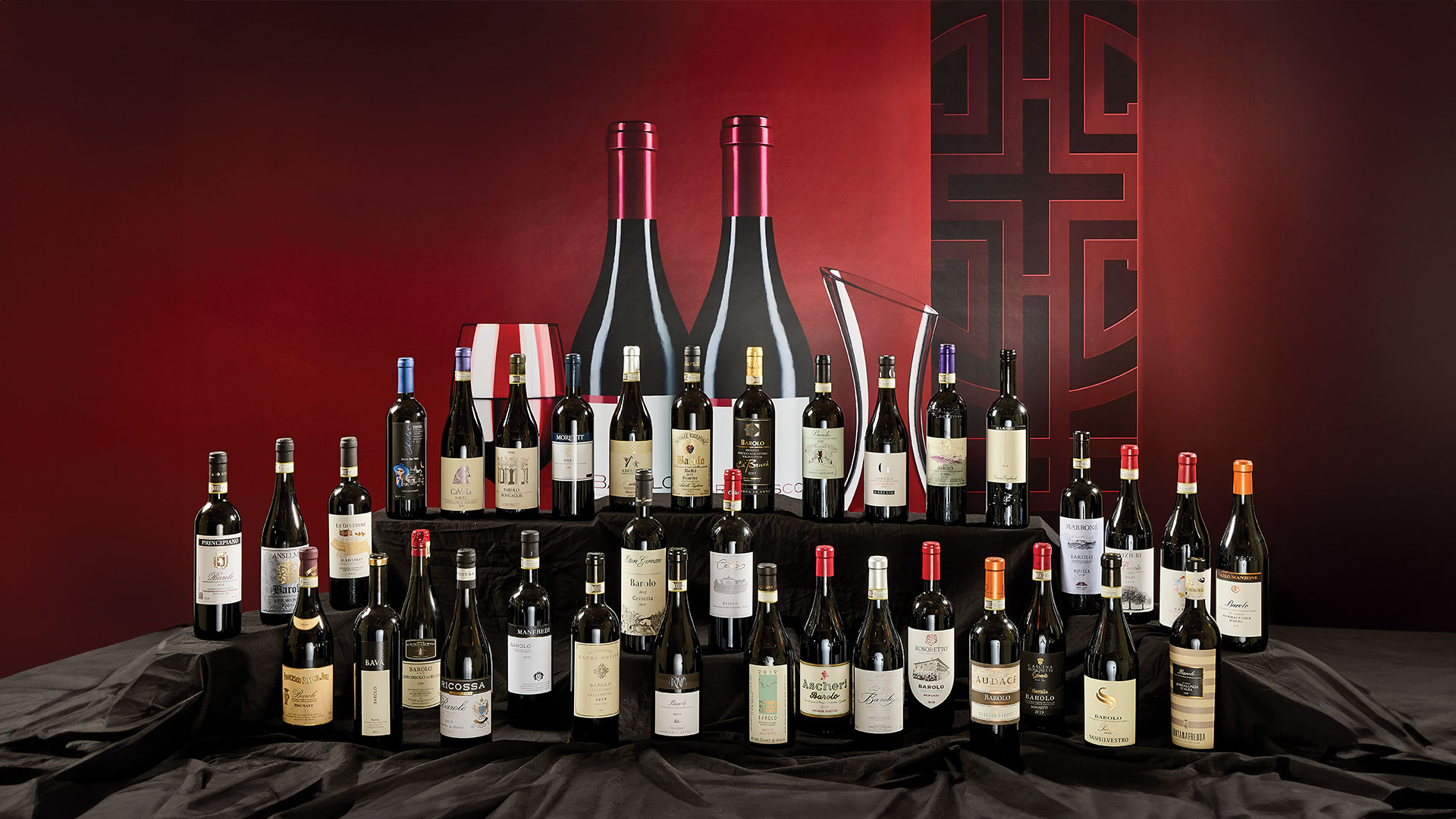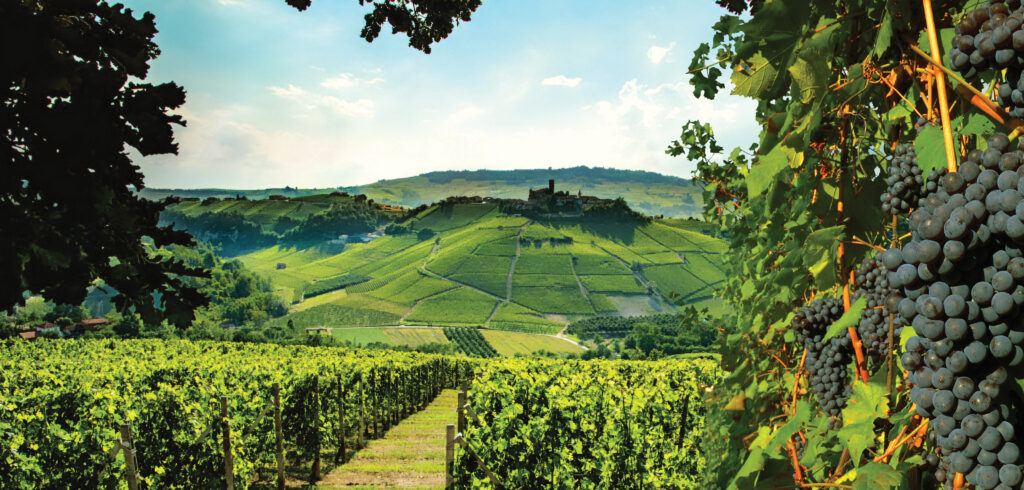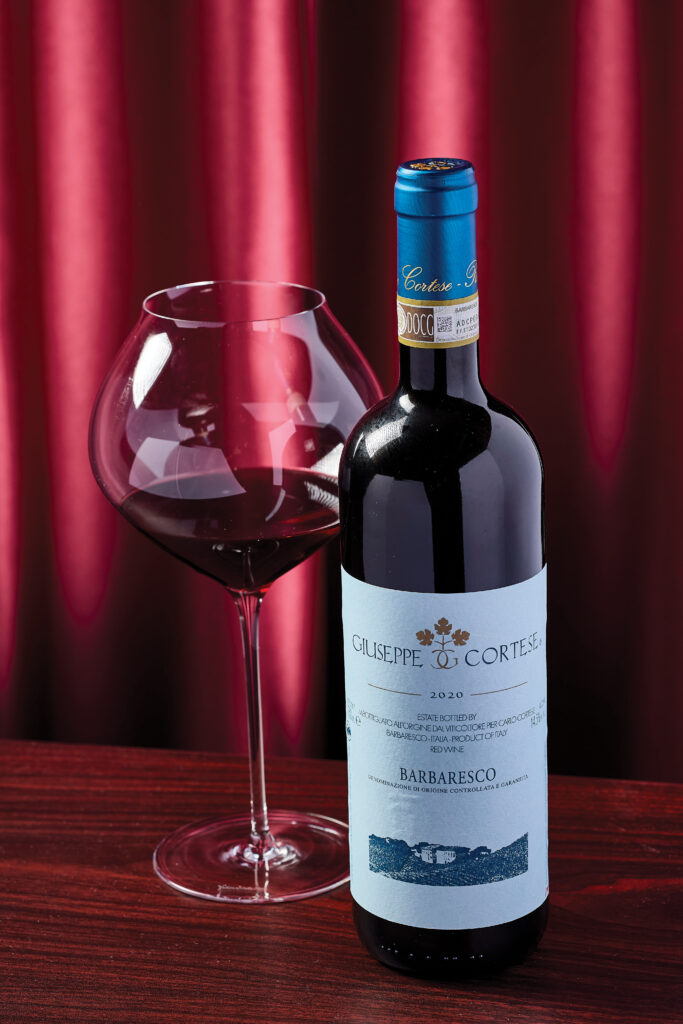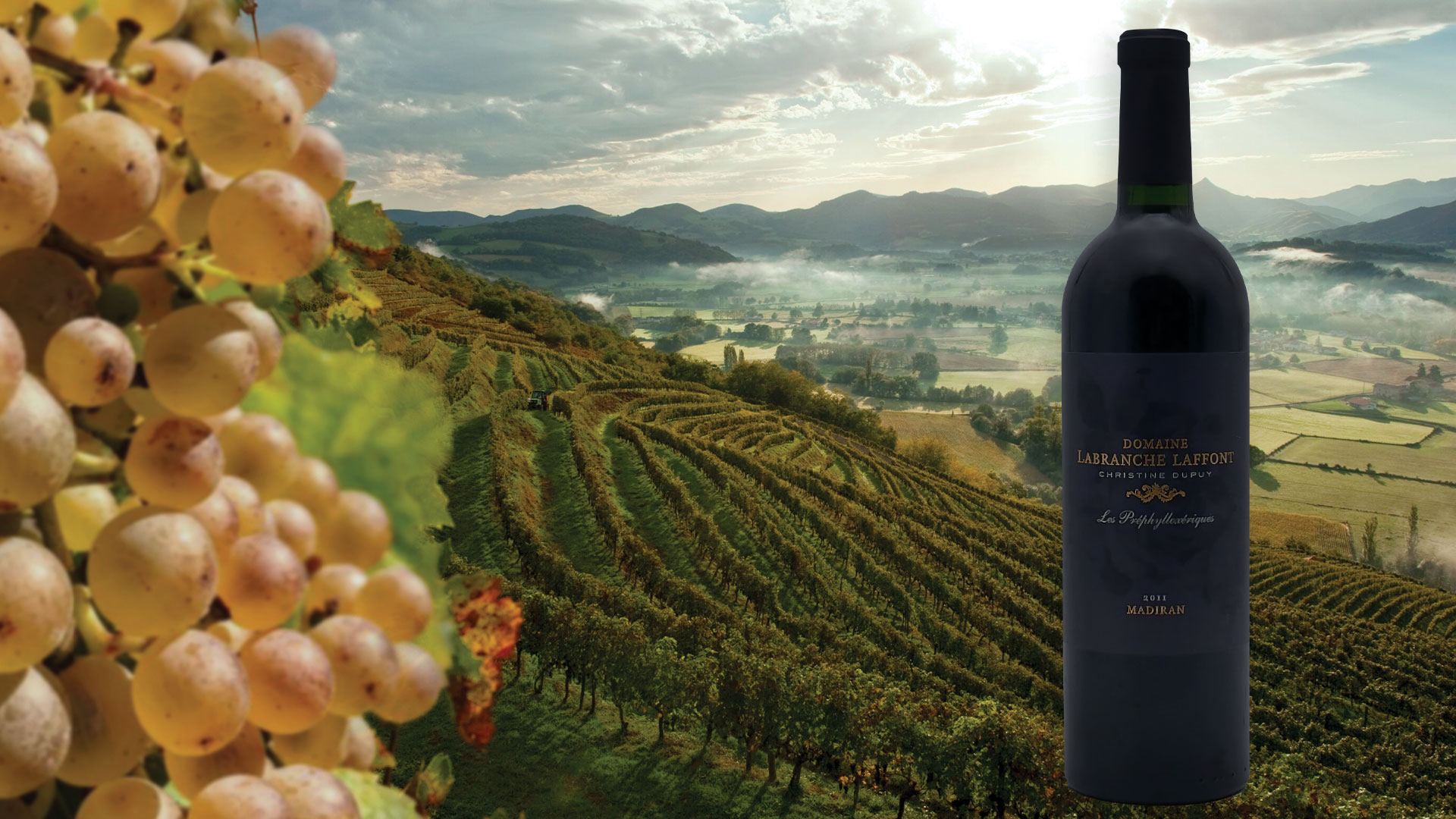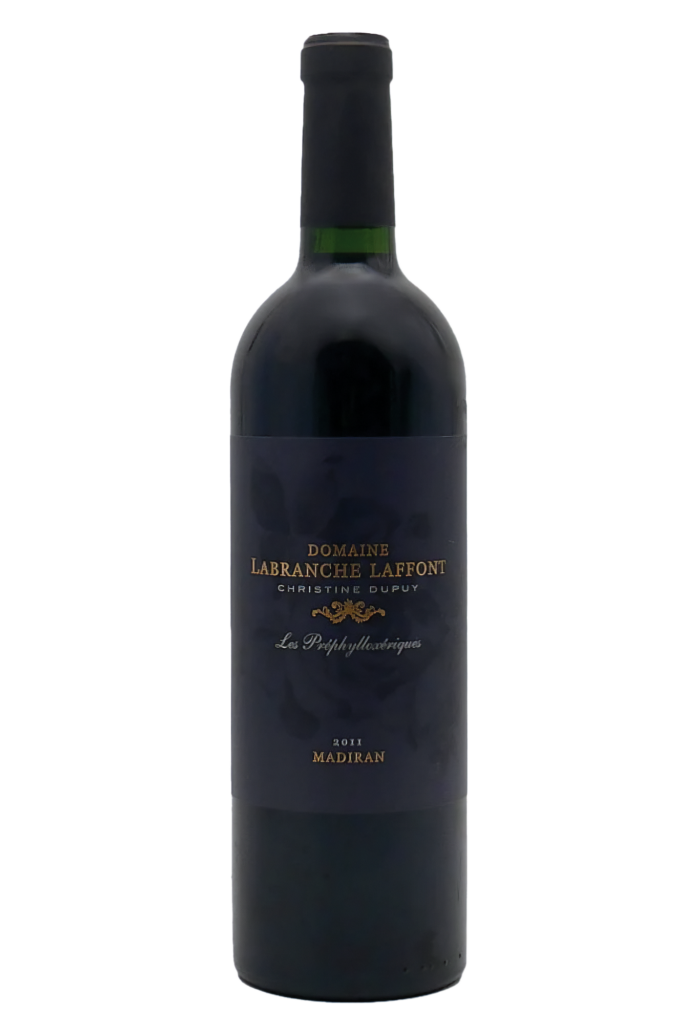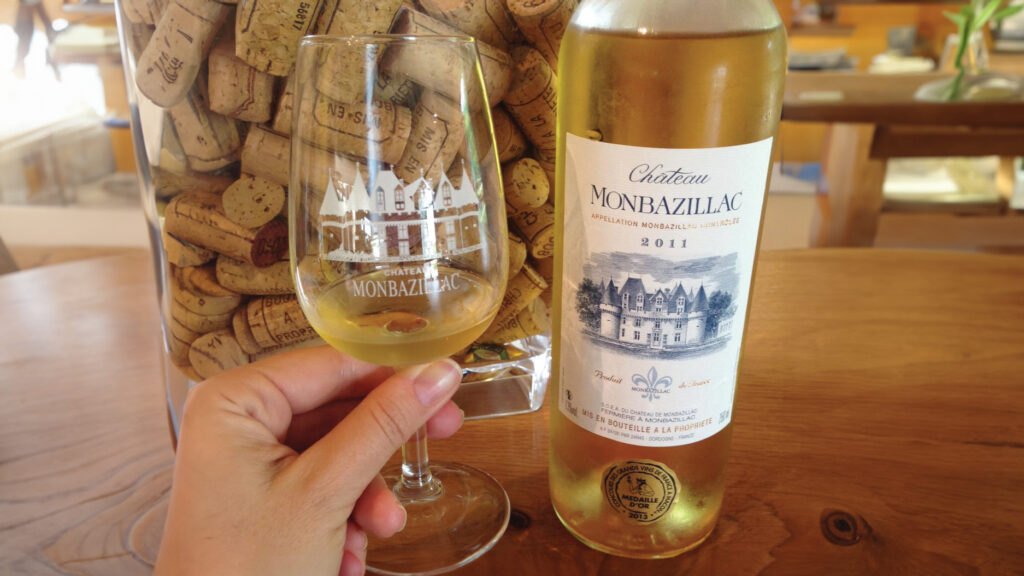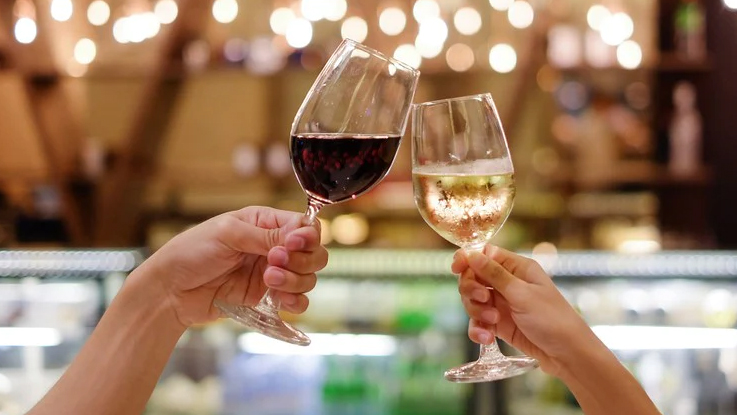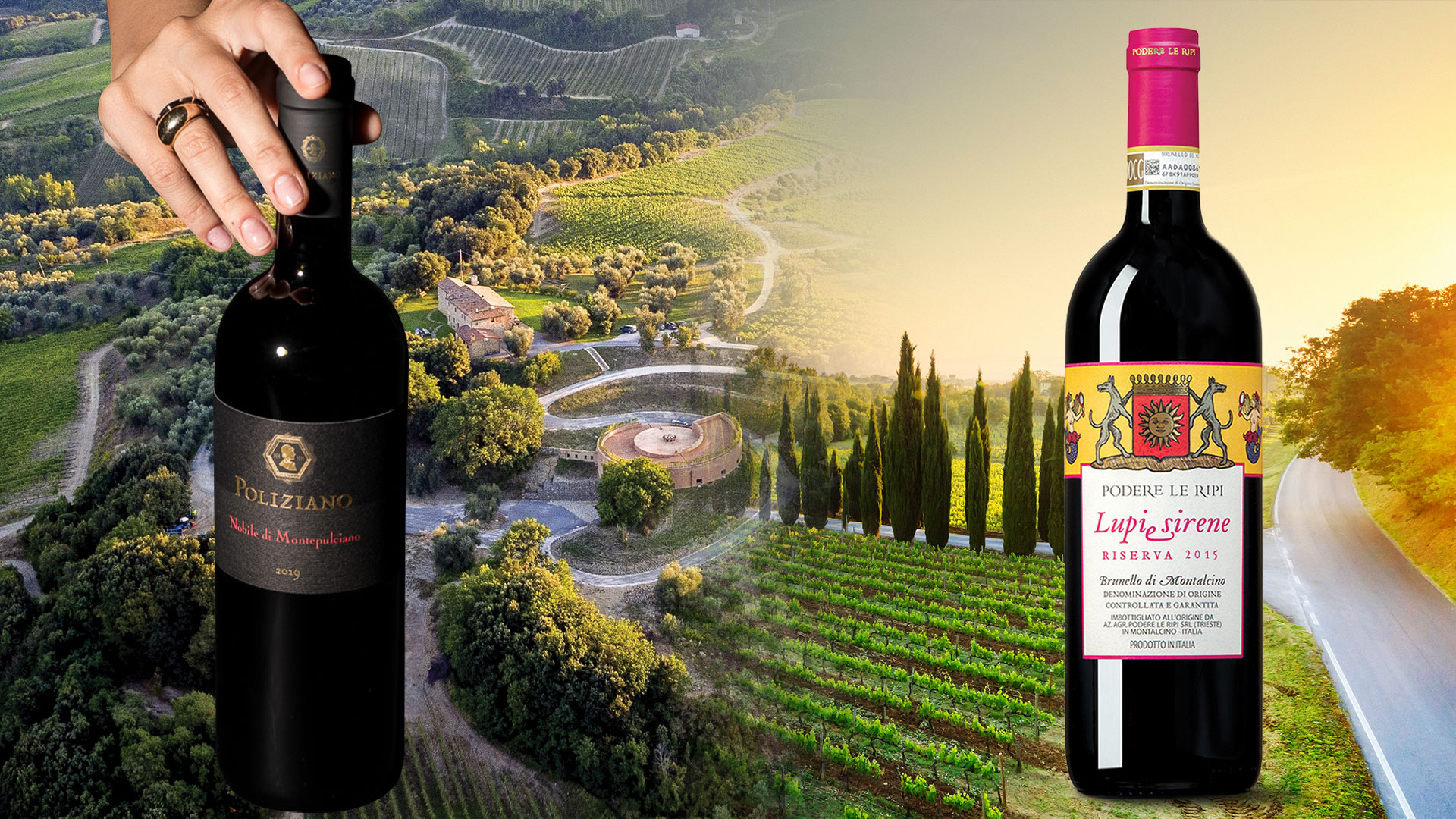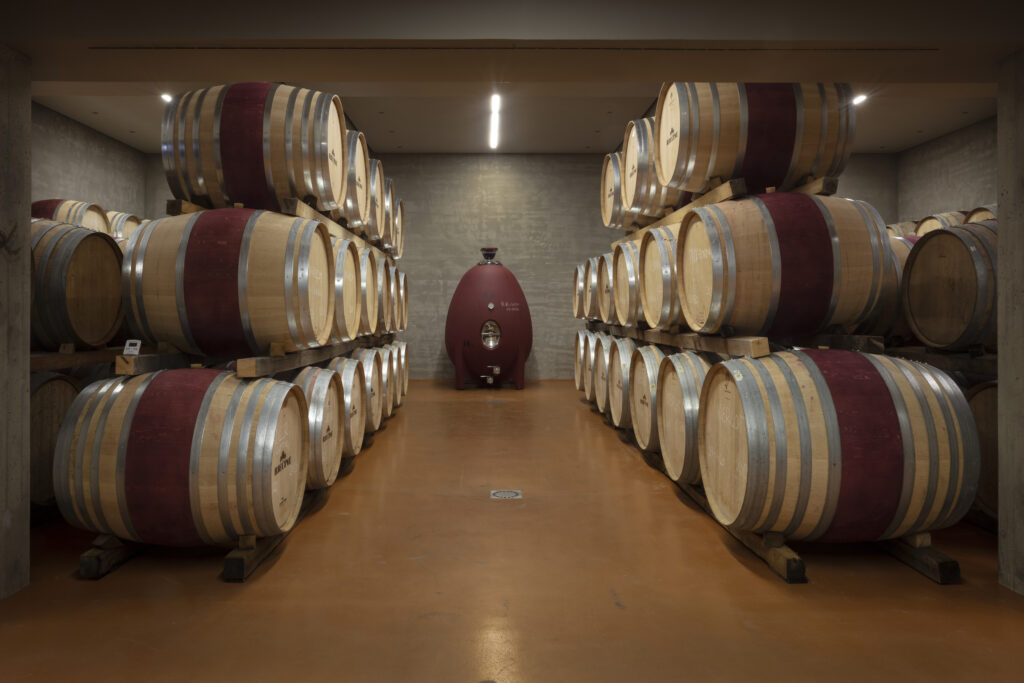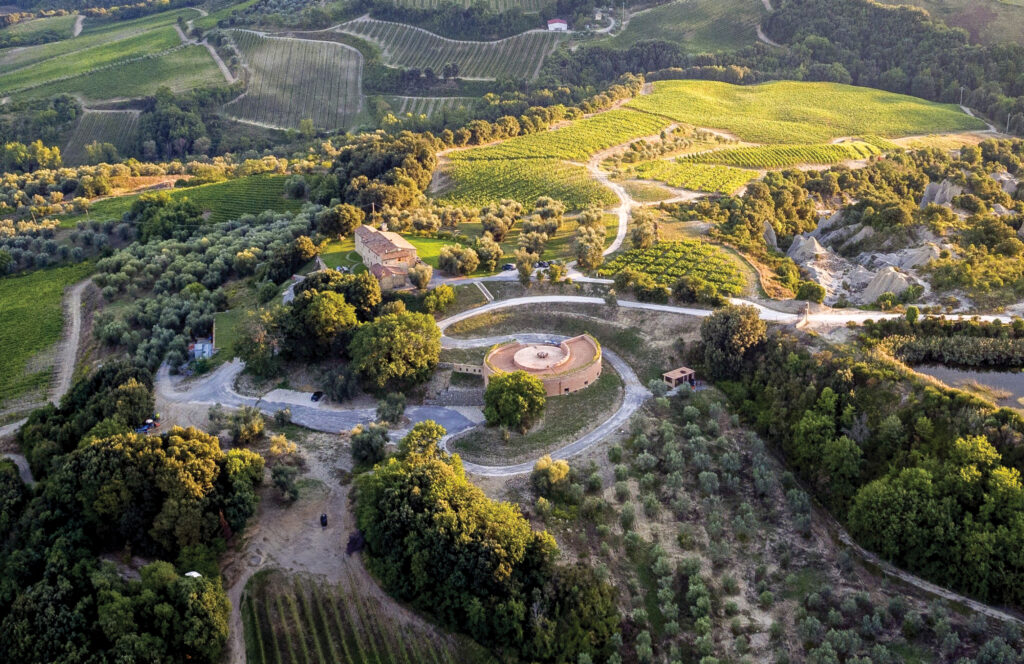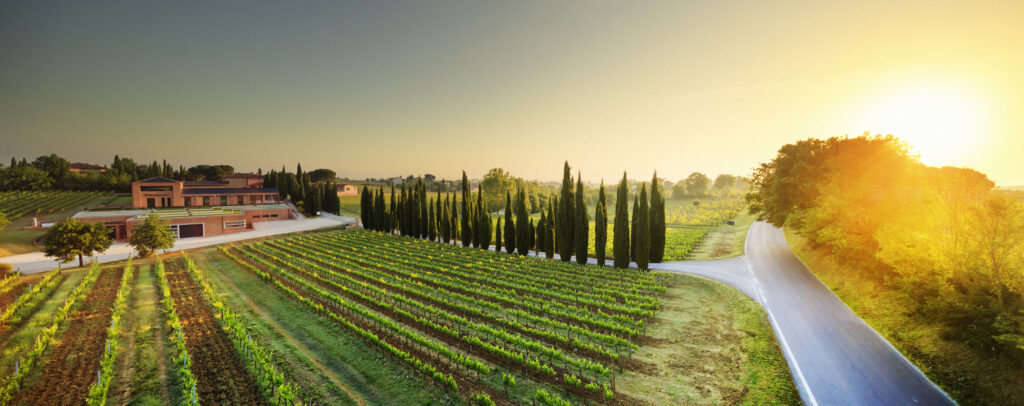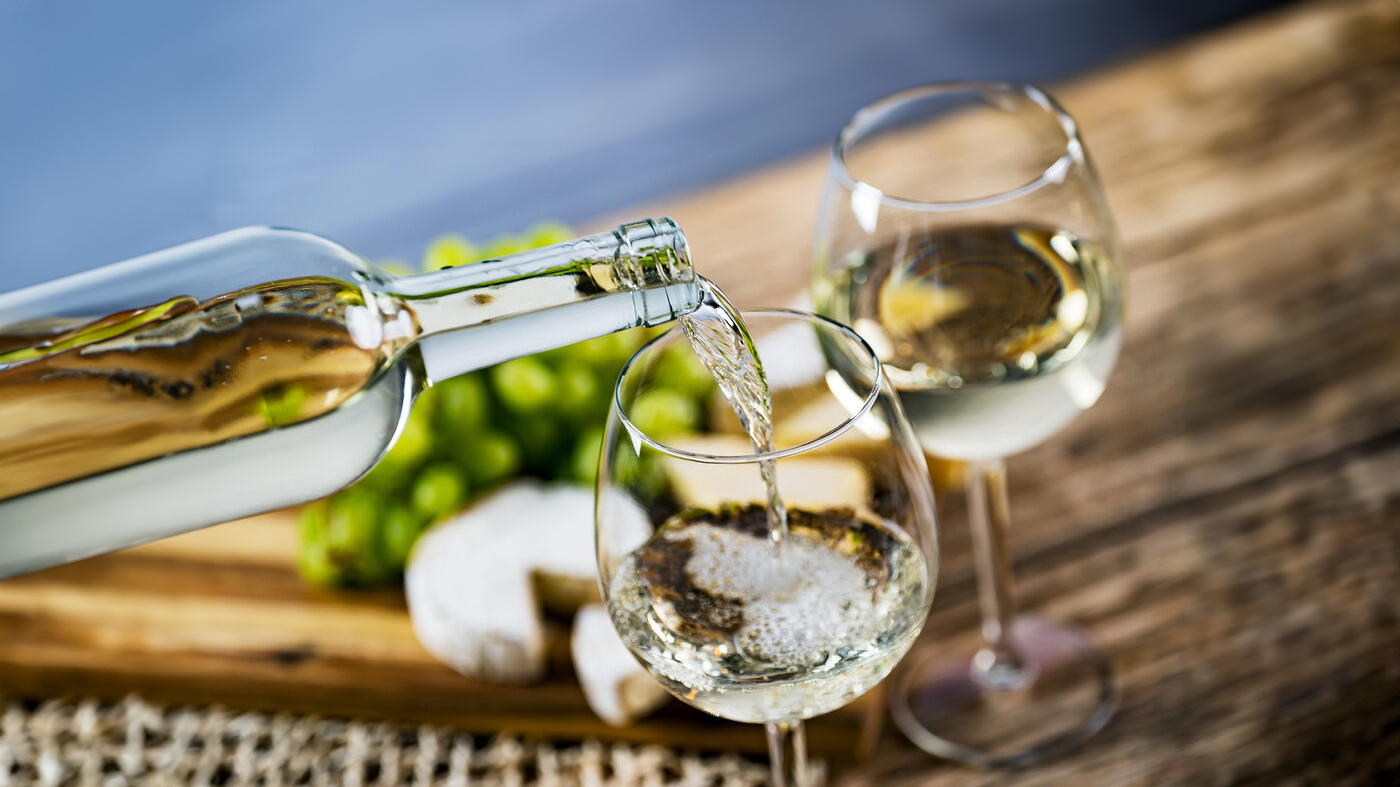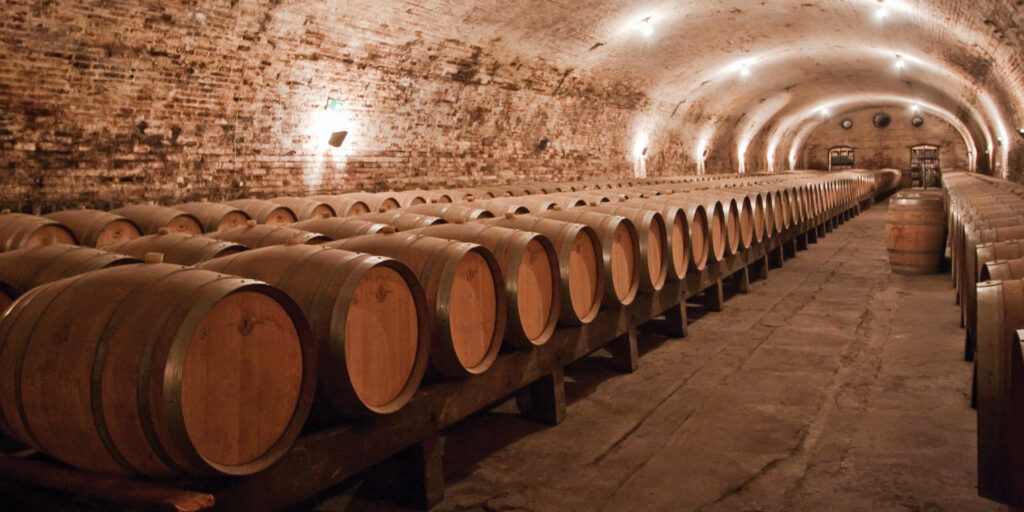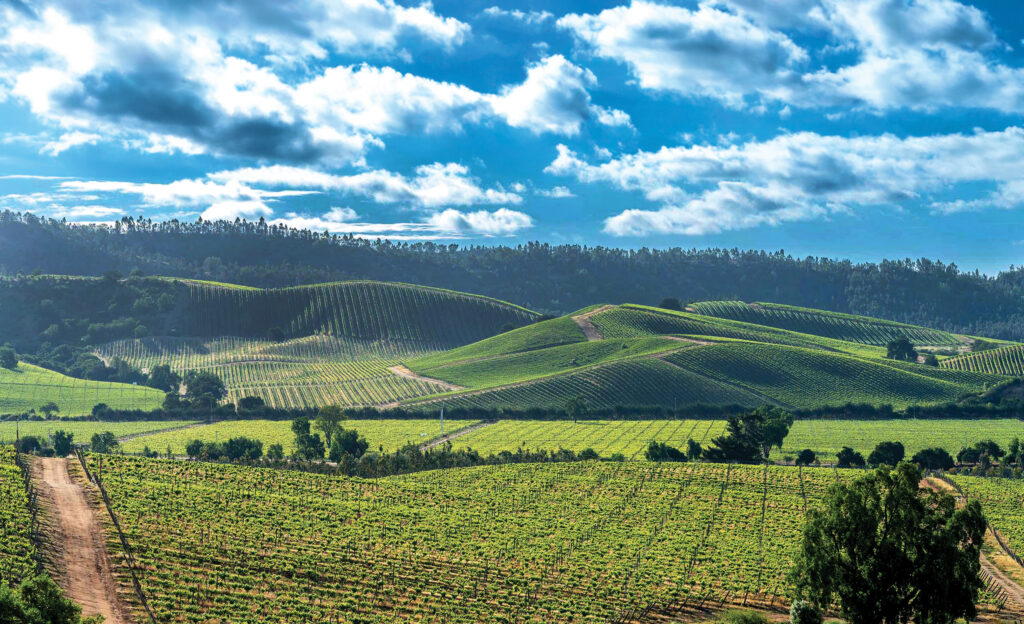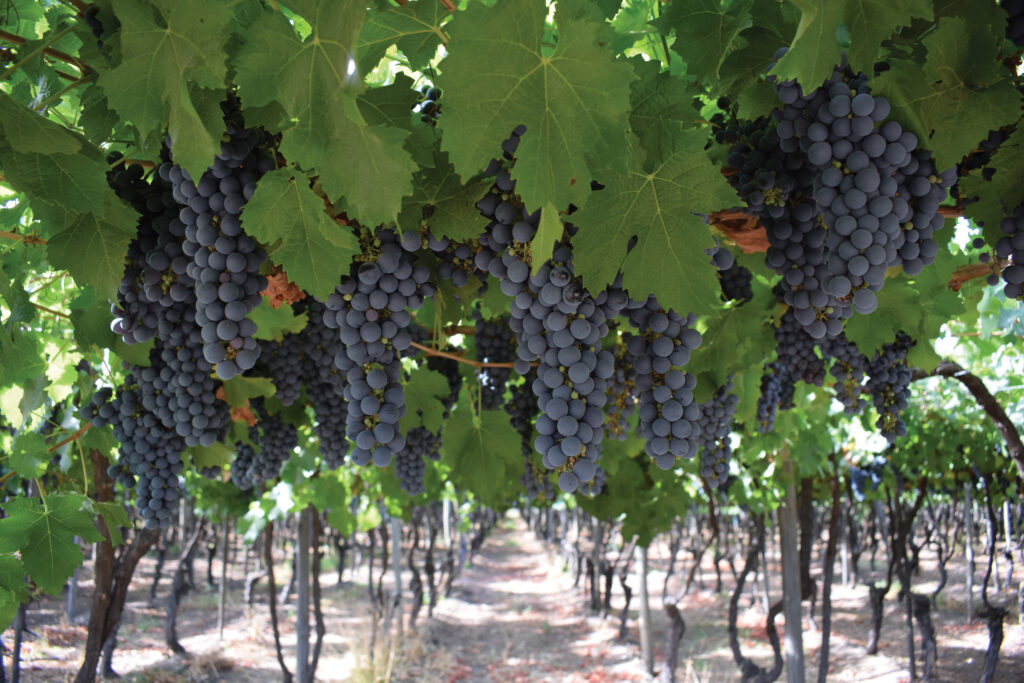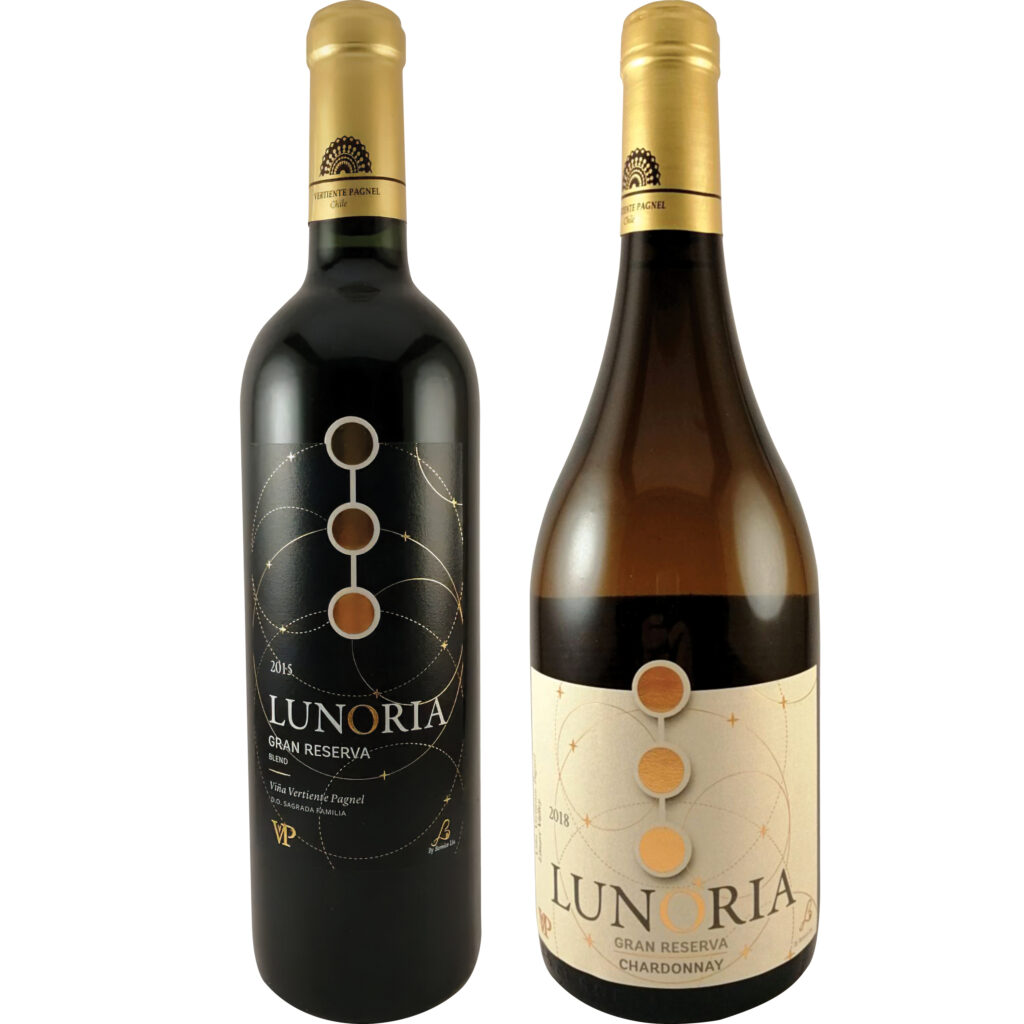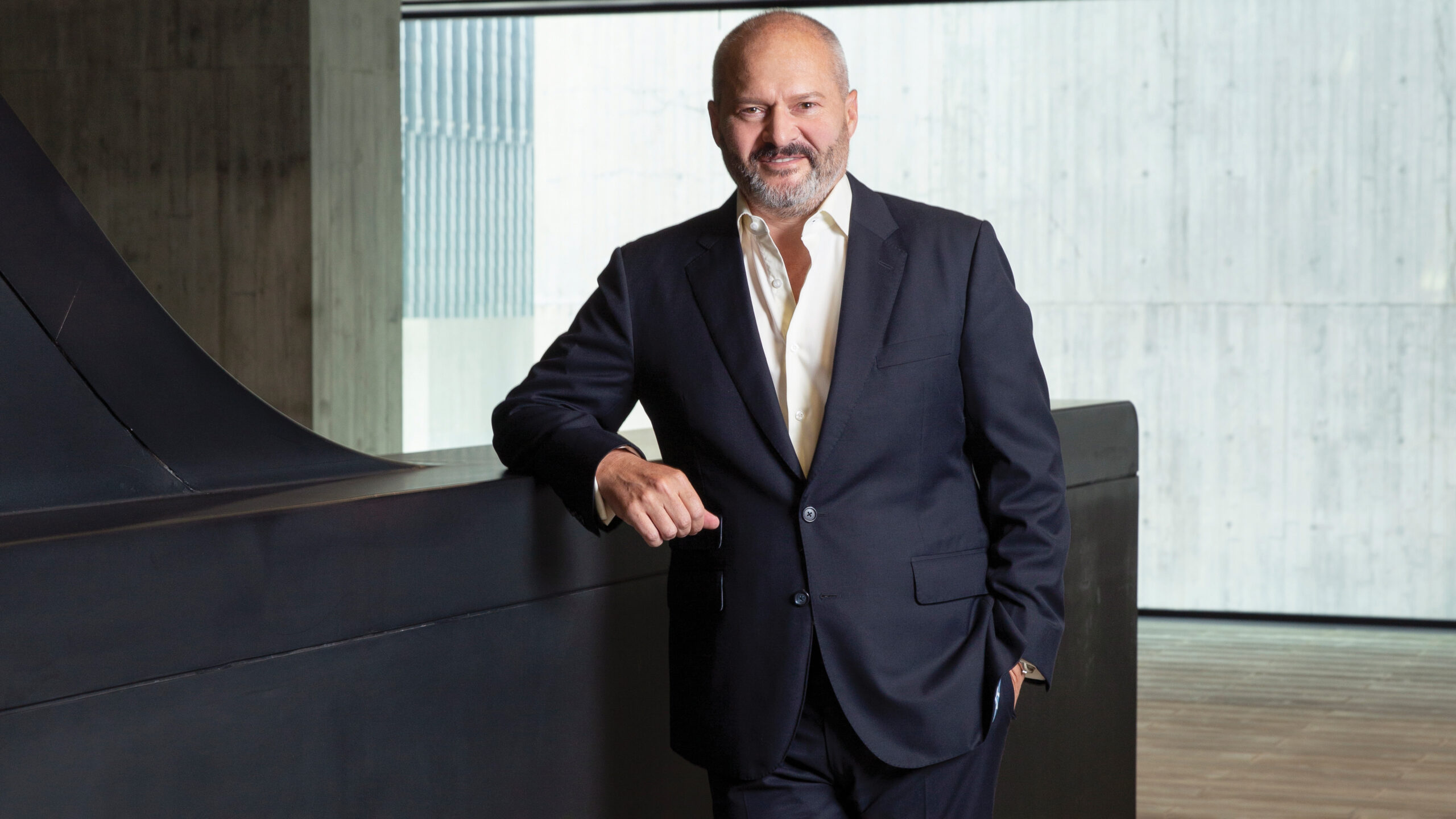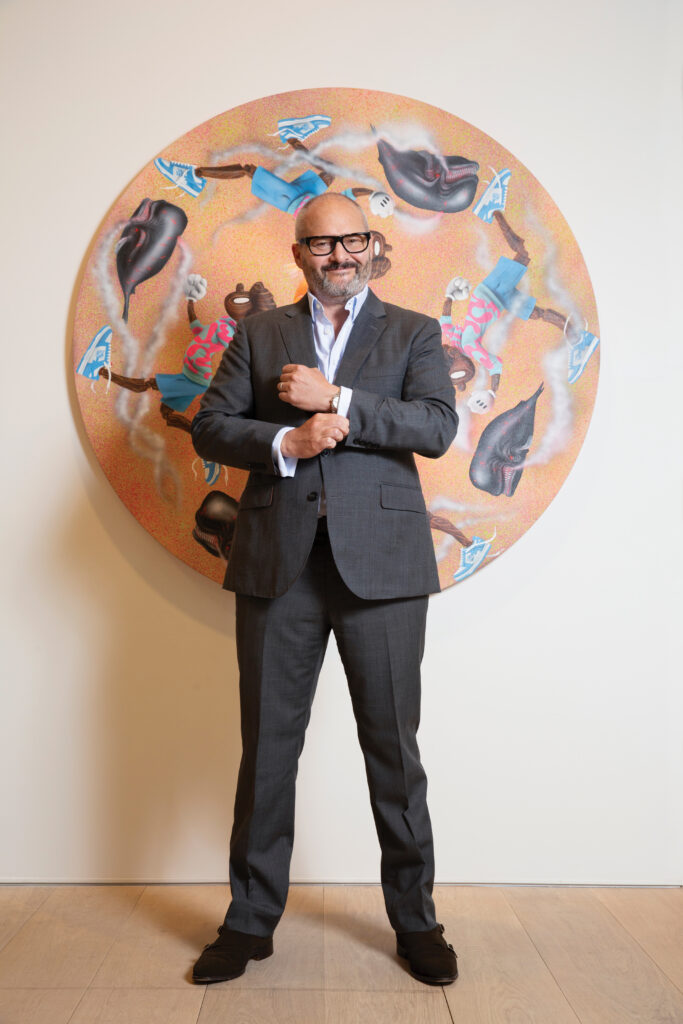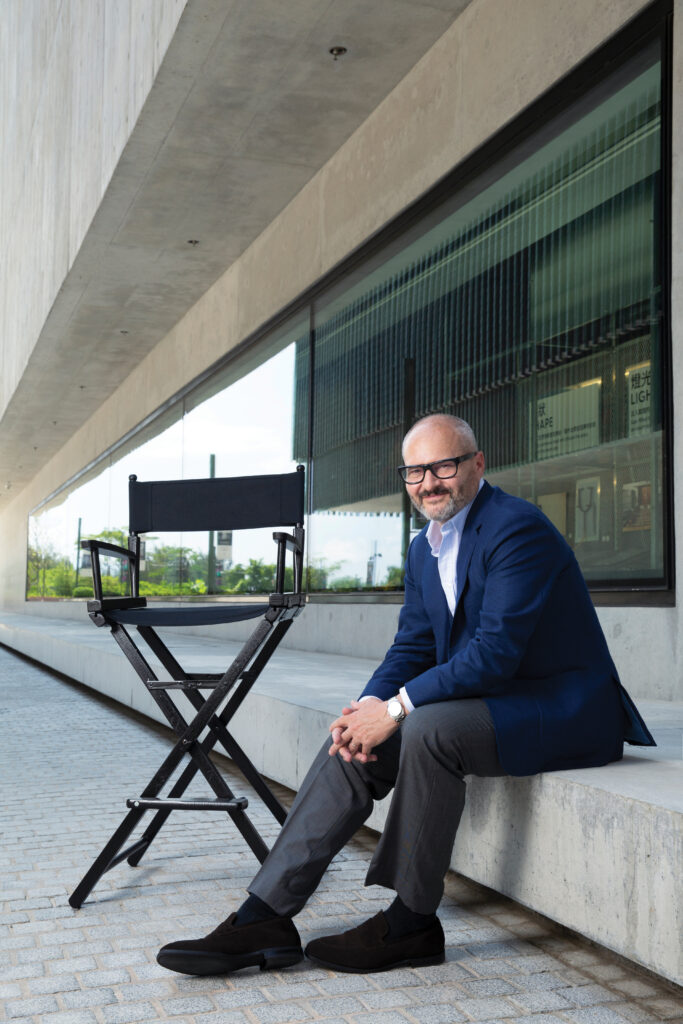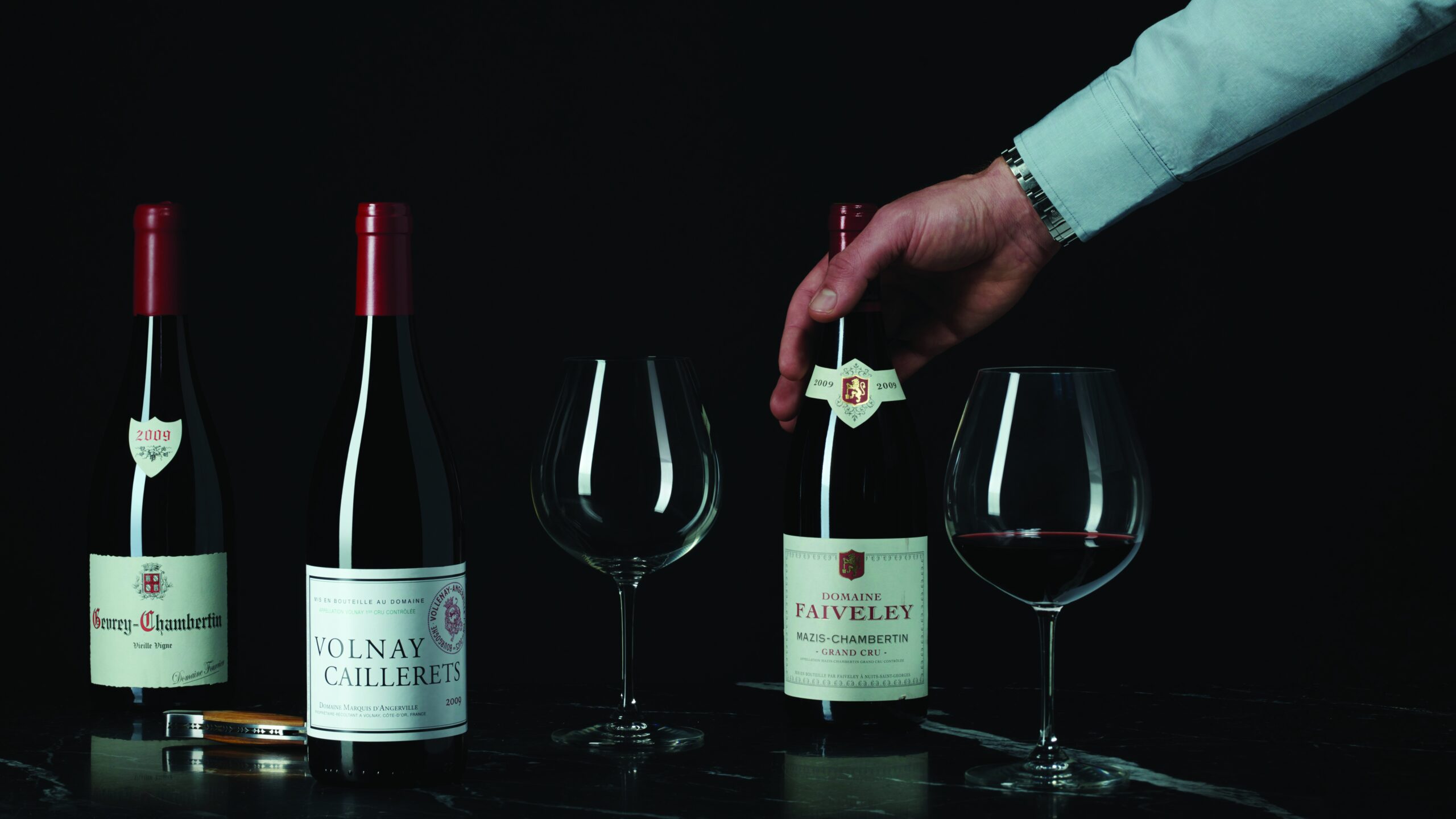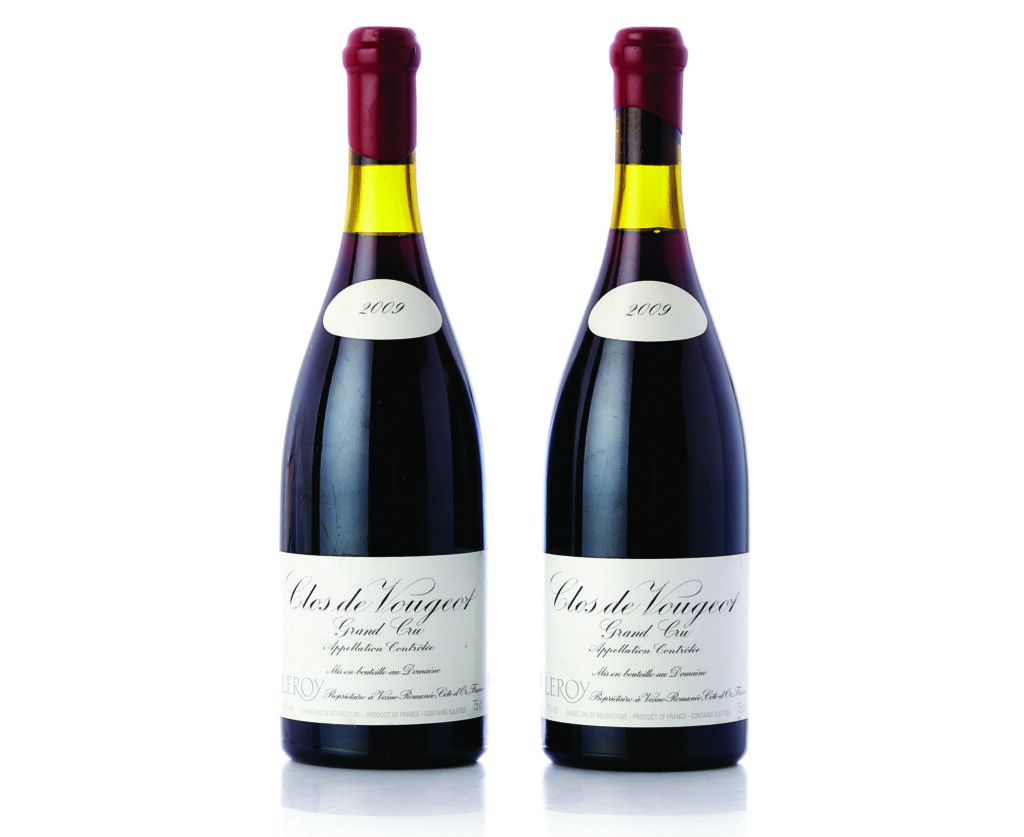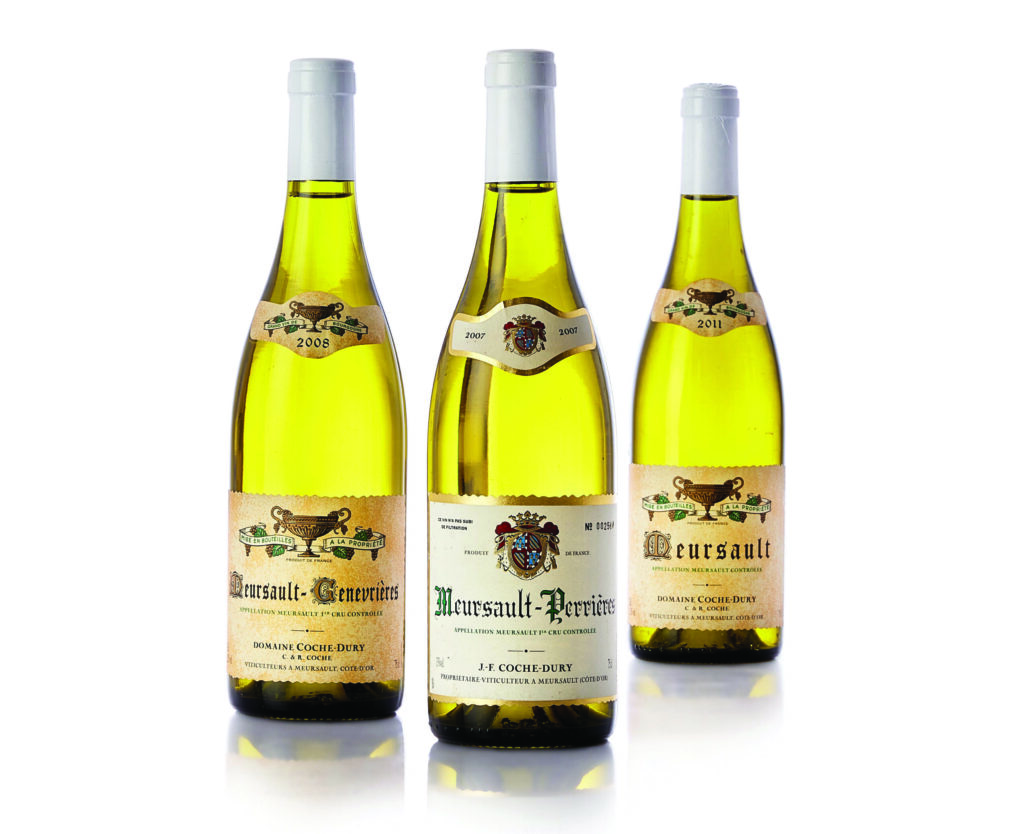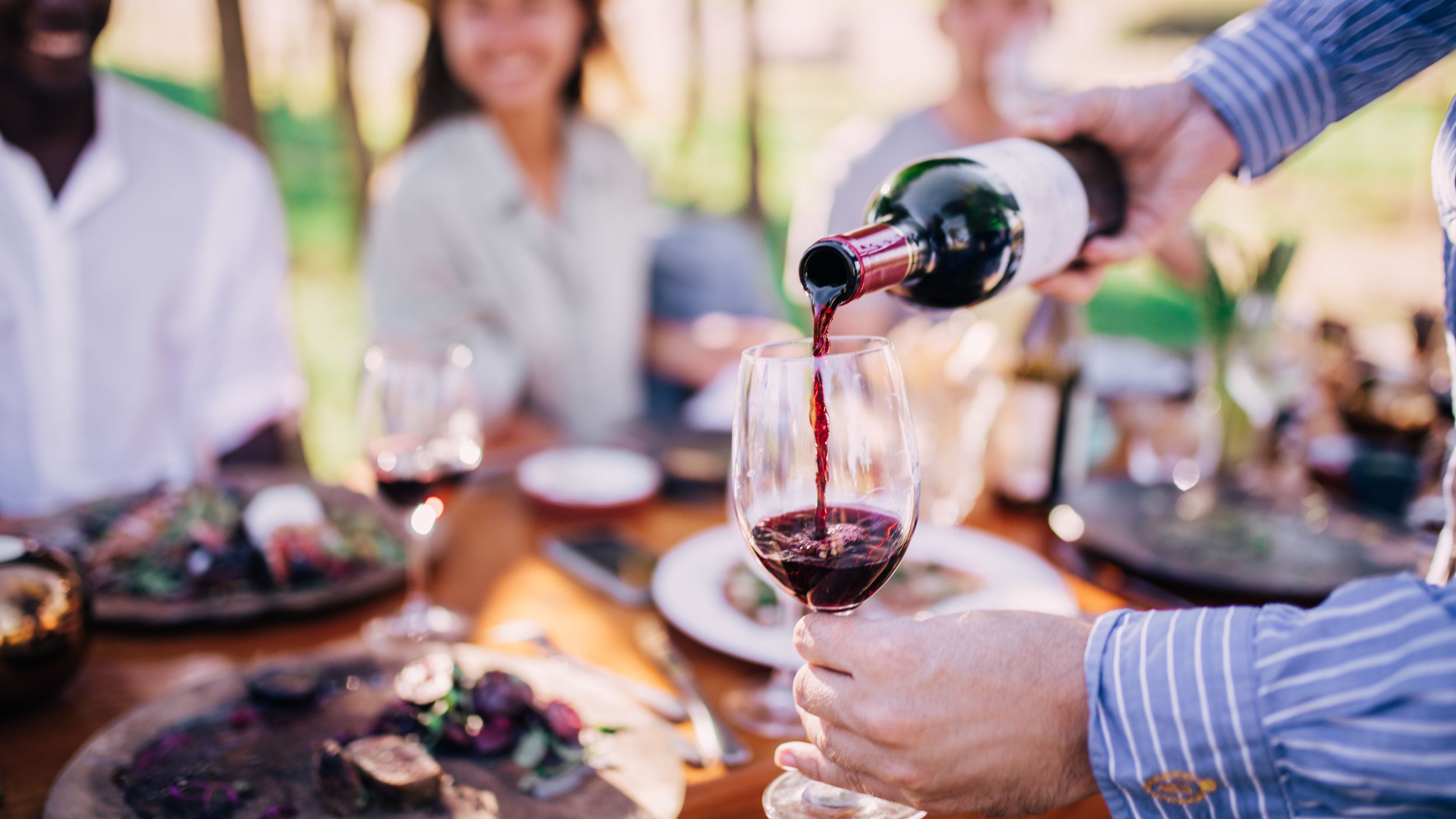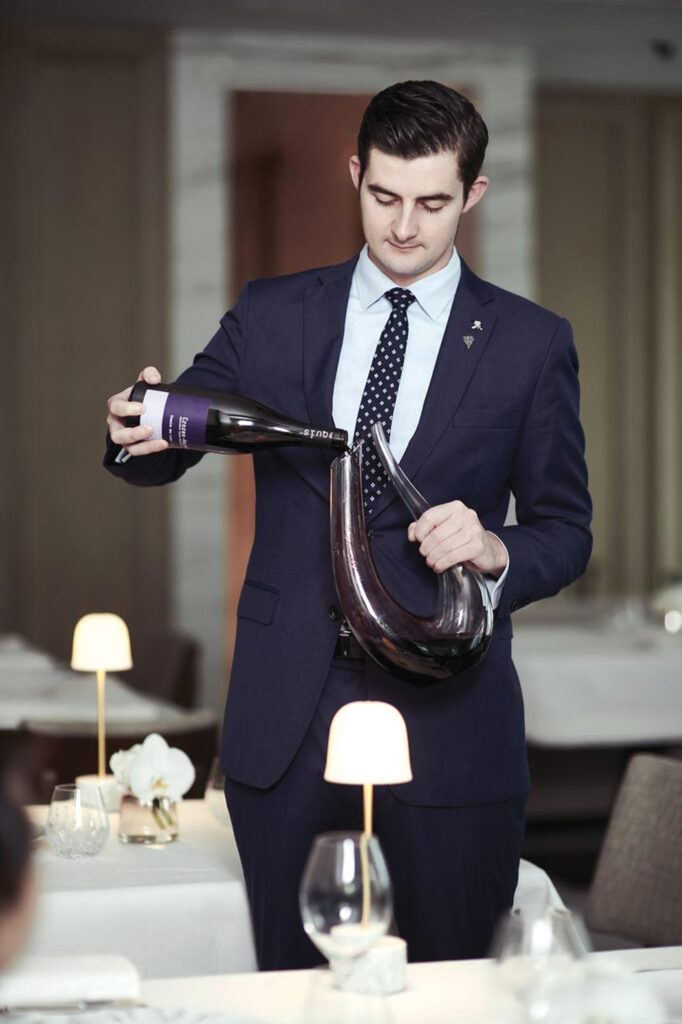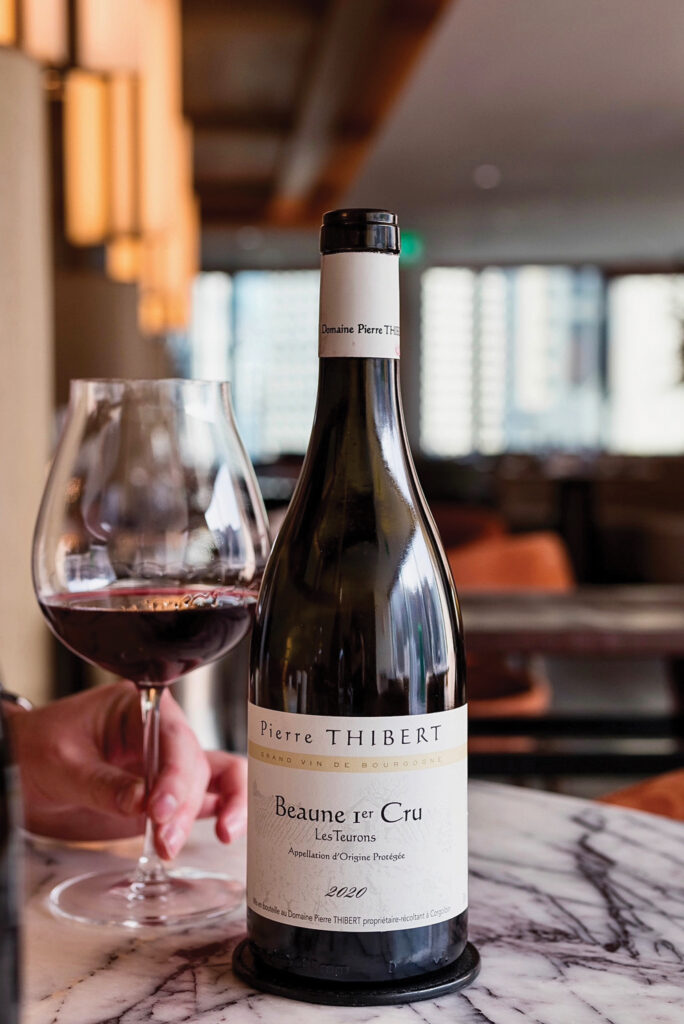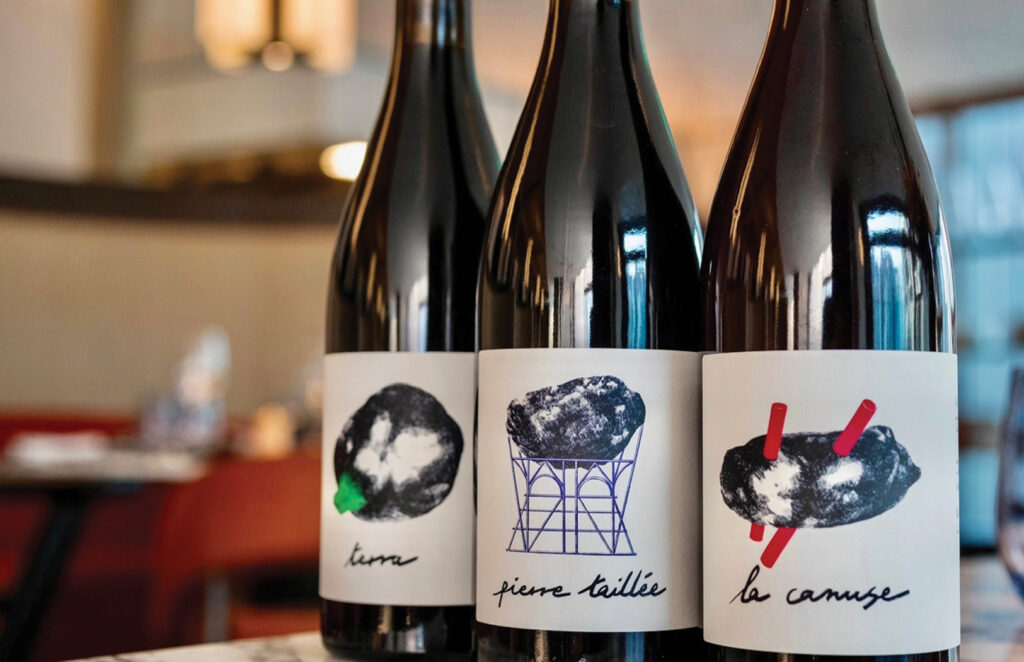China has produced wine from grapes for centuries, and in recent years the vast country has become one of the world’s largest consumers of wine. The fruits of each winemaking region have their own distinct characteristics, and many local wineries have developed strong ties with overseas viticulturalists.
Master of Wine Fongyee Walker, co-founder of Dragon Phoenix Wine Consulting and a specialist wine educator, can attest to the fact that many regions in China are crafting great wine.
Walker singles out three notable regions producing wines of character: Shandong for their gentle quality shaped by a maritime climate; Shangri- La in northwest Yunnan for the magnificent scenery and the freshness and vibrancy of its wines; and Xinjiang because of the vivacity of the culture “and the wonderful food that goes so well with the rich wines from that desert sun”.
Elegant Shandong
Winemaking in Shandong centres around Yantai on the northwest coast of the peninsula. “Shandong produces lovely wine,” says Walker. “The granite soils and the sea breezes coming off the bay allow so much of its coastal region to produce elegant wines.”
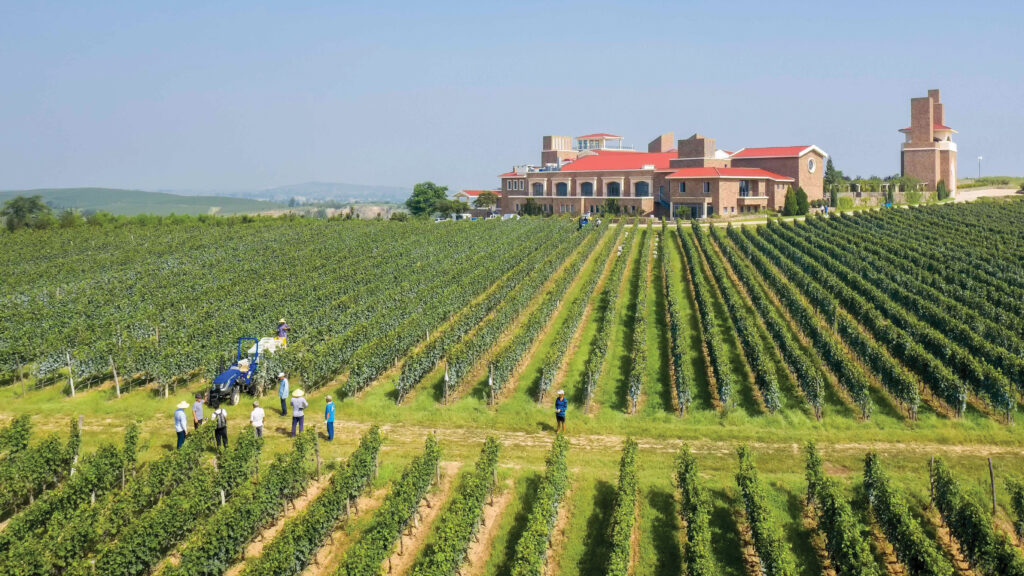
As a white-wine lover – “though not necessarily typical wines” – she is particularly fond of the gentle Chardonnays emanating from there, while the elegant Cabernet Francs with hints of leafiness also appeal. She notes: “It’s all about elegance, a refreshingness brought by that maritime acidity.”
Yunnan fruit
The mountain vineyards in Shangri-La reach as high as 3,000 metres, creating huge diurnal variation and giving the wines vibrant acidity and a pureness to their fruit. “That diurnal swing, those cold nights with very sunny days high up in the mountains, bring refreshing but ripe flavours,” she says.
Shangri-La reds excite the palate: “They produce really gorgeous Cabernets with a depth of fruit and a really refreshing mouthfeel,” she notes, adding: “Their Pinot Noir is a potential great star.” And speaking of her favourite whites: “Their Chardonnays are different from the Shandong style, and they offer a vibrancy of pure orchard fruit.”
Xinjiang riches
As for Xinjiang, Walker believes the desert landscape and crystal-clear sunshine have a profound effect on the quality of the wine produced, noting there is a warmth and beautiful roundness and richness in the wines there. “It’s hot, but this means that the red wines are full of fruit, and they have this wonderful, healthy fruitiness to them with beautiful tannins,” she says.
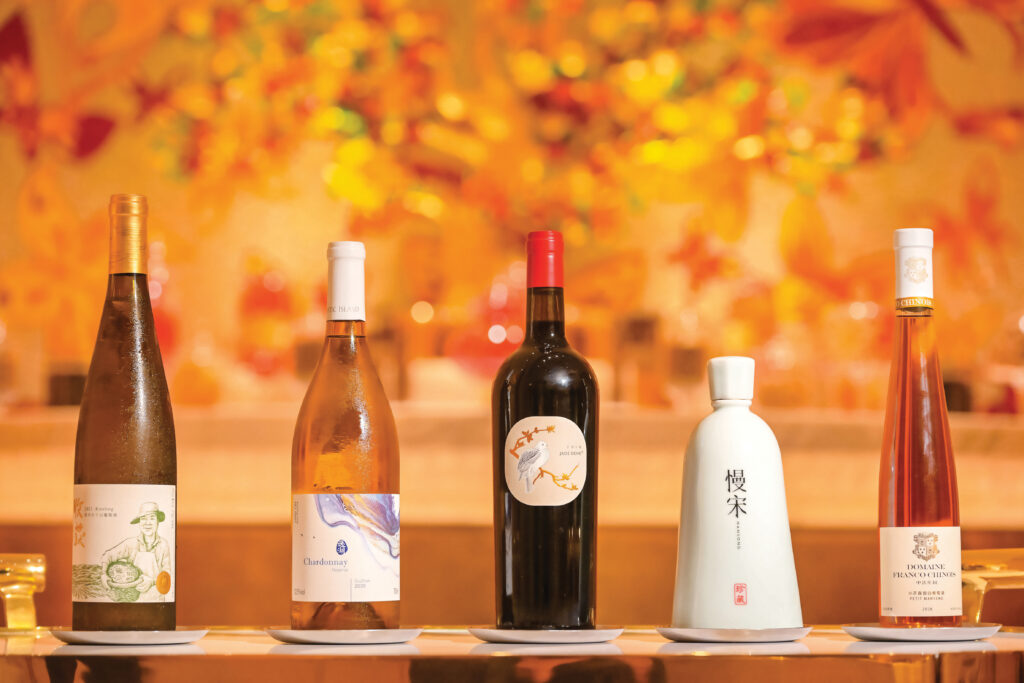
When China-based Walker travels to Xinjiang, she looks forward to pouring these rich reds, particularly the Syrah-Merlot blend. “It is so full of fruit and wonderful with the roast lamb of the area.” She is also partial to an Italian Riesling-style wine infused with green tea, which she describes as “a unique and favourite wine of mine. It has an aroma of jasmine flowers exploding.”
Perfect pairing
When planning a visit to Ningxia in north-central China, another key wine-growing area, she thinks of their beautiful Marselan grapes and how well these wines go with roasted Tan Yang lamb. The local Tan species of lamb is, she opines, “one of the most delicious lambs of the world. What a perfect match!”
Grape achievements
Walker was on the distinguished panel of judges including three Masters of Wine and three Master Sommeliers at the inaugural Wynn Signature Chinese Wine Awards held in Macau last month. Significantly, the event gives valuable feedback to those who don’t win trophies. “It provides a roadmap for producers all across China with different styles of wine – how to go forward, how to improve and bring their wine to new levels of quality,” she says.
Winners revealed!
Following the rigorous judging process, Fei Tswei Marselan Reserve 2021 was honoured with the coveted Best Wine of China Trophy. Its exceptional quality also earned it the titles of Best Red Wine, Best Marselan and Best of Ningxia. Xige Estate N28 Chardonnay 2021 won two trophies, including Best White Wine and Best Value Wine, while Domaine Franco Chinois Petit Manseng 2018 received the Best Sweet Wine, Best Petit Manseng and Best of North China titles.
Chinese Wine Month
Wynn is set to host ‘Wynn Signature Chinese Wine Month’ promotion in May, a celebration of Chinese wine excellence with a symphony of global gastronomy. Throughout the month, guests can experience specially curated wine pairing tasting menus at Wynn’s prestigious dining venues, including Chef Tam’s Seasons, Lakeview Palace, SW Steakhouse and Mizumi at Wynn Palace as well as Golden Flower, Wing Lei, Lakeside Trattoria and Mizumi at Wynn Macau.
For a casual alternative, visitors can also participate in tasting flights featuring the prizewinning wines at Wynn’s various bars, including Palace Reserve Club, Cinnebar, Bar Cristal and Wing Lei Bar.



